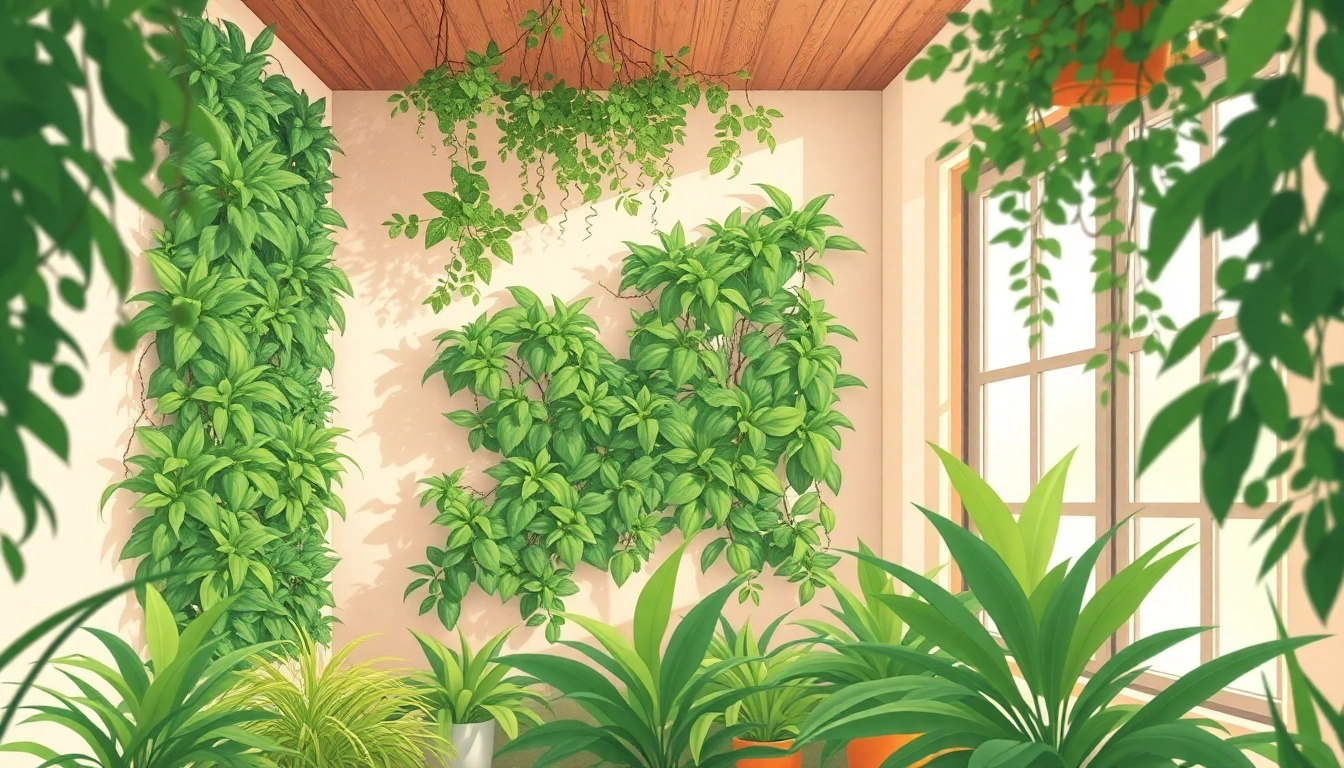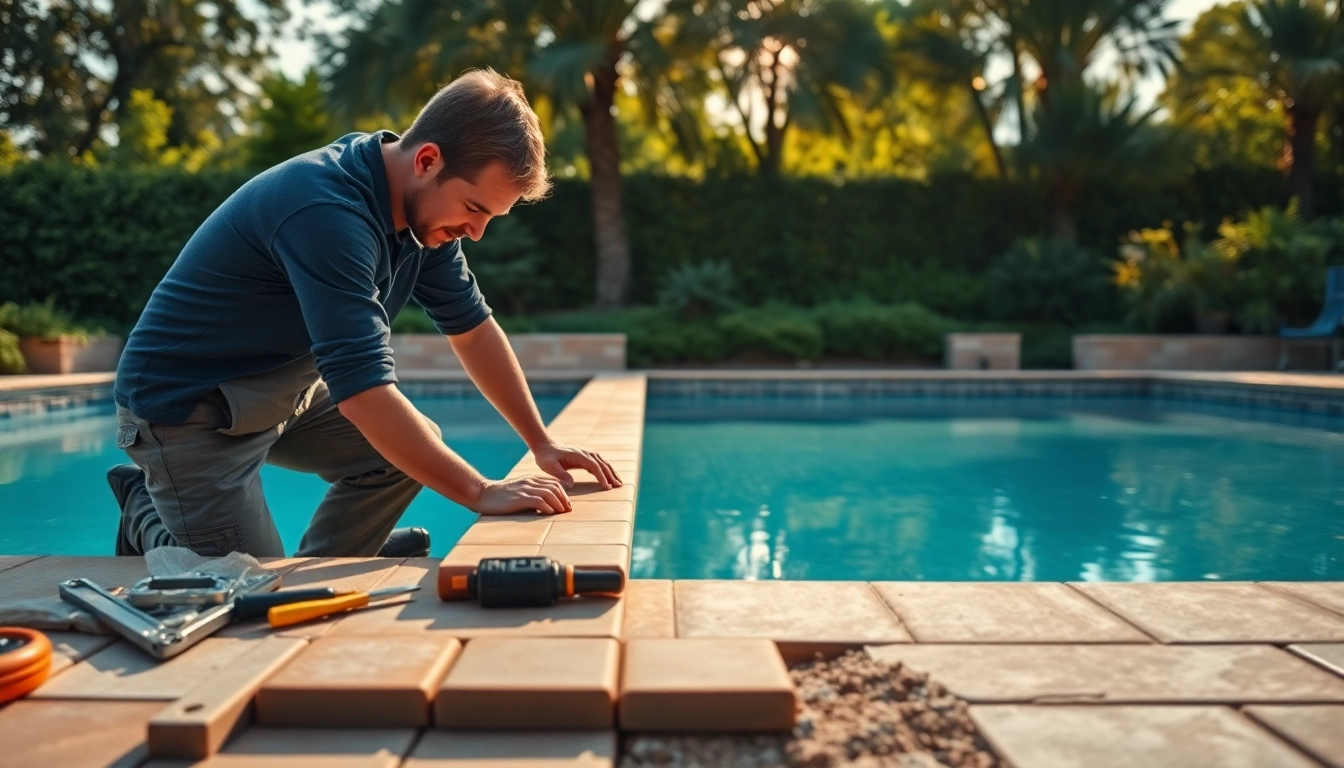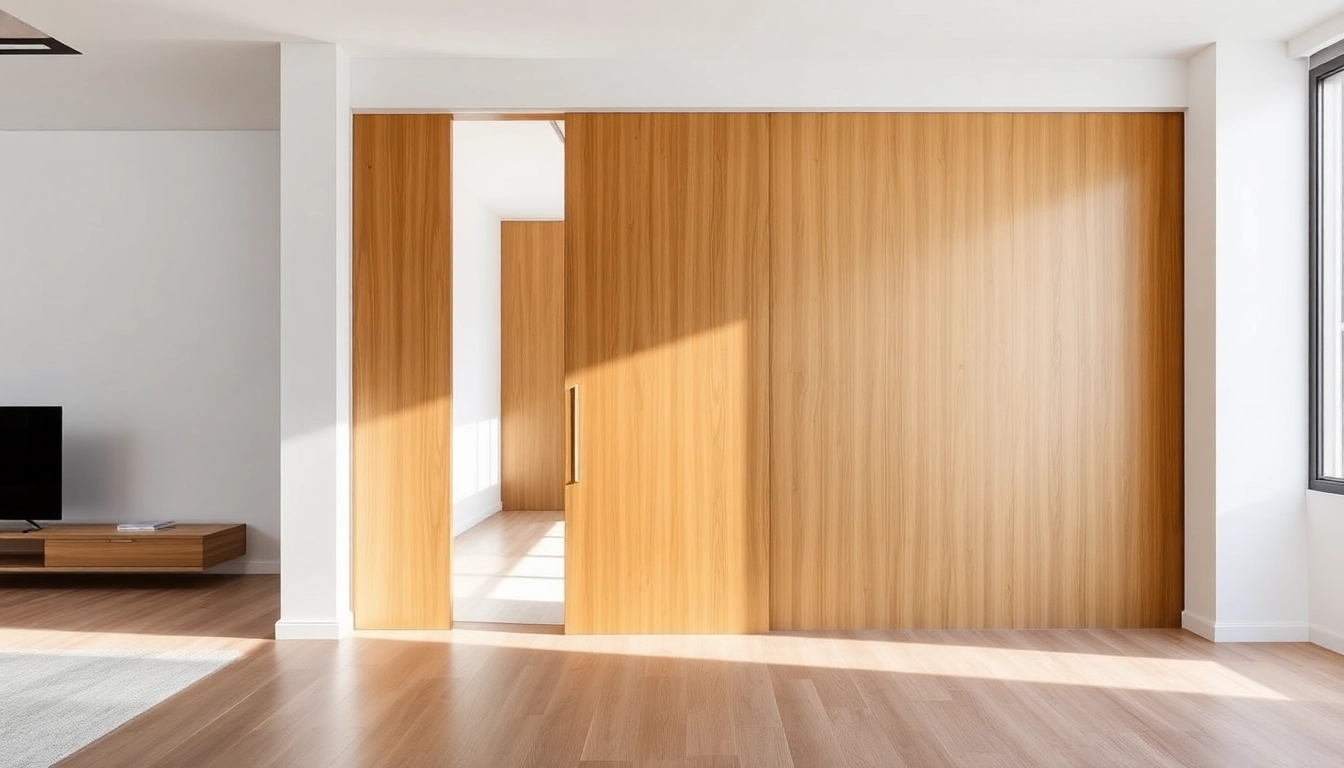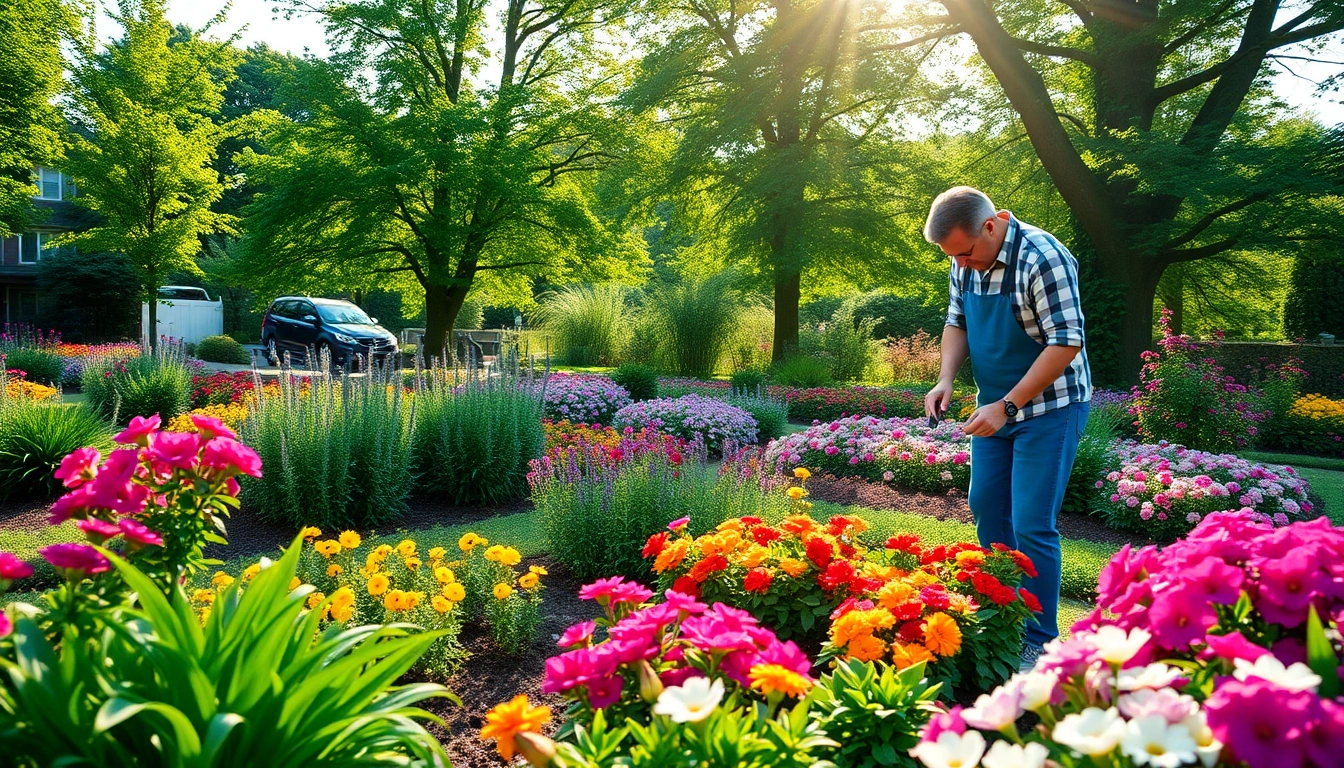Understanding Wandbegrünung Indoor
Definition and Importance of Indoor Greenery
Indoor greenery refers to the incorporation of plants within indoor environments, a practice known as Wandbegrünung Indoor. This concept not only enhances the aesthetic appeal of spaces but also contributes significantly to the overall ambiance and health of indoor environments. Indoor plants can transform dull office spaces into vibrant workplaces and make homes feel more alive and inviting.
The importance of indoor greenery is multifaceted. Plants are natural air purifiers, helping to filter pollutants and common indoor toxins while providing oxygen. They can also help regulate humidity, which benefits both comfort and health. With the rise of urban living, where natural landscapes are limited, indoor plant walls offer a unique solution to bringing nature back into our daily lives.
Benefits of Vertical Plant Walls
Vertical plant walls, or green walls, are an innovative way to incorporate greenery into indoor spaces without occupying valuable floor space. They can be customized to fit any interior design and are becoming increasingly popular in both residential and commercial buildings. Here are some notable benefits:
- Space Efficiency: Vertical walls utilize vertical space, making them ideal for small areas.
- Aesthetic Enhancement: They create stunning visual focal points and can complement any decor style.
- Improved Air Quality: Through photosynthesis, plants absorb carbon dioxide and release oxygen, significantly improving airflow.
- Noise Reduction: Plants can help absorb sound, creating a quieter, more serene environment.
- Thermal Regulation: Living walls can help regulate temperature, improving energy efficiency.
Common Plants for Wandbegrünung Indoor
Choosing the right plants is crucial for the success of your indoor green wall. Here are some popular plants that thrive in indoor conditions:
- Ferns: Varieties like Boston and Maidenhair ferns are excellent choices due to their high humidity tolerance and air-purifying qualities.
- Pothos: Also known as Devil’s Ivy, this hardy vine is perfect for beginners and can thrive in low-light conditions.
- Spider Plant: Known for its ability to filter pollutants, the spider plant is not only easy to care for but also produces offshoots that can be propagated.
- Peace Lily: This elegant plant thrives in low-light areas and effectively regulates humidity.
- Succulents: For drier indoor conditions, succulents like Aloe Vera or Echeveria offer low-maintenance options.
Choosing the Right Location for Indoor Green Walls
Optimal Light Conditions for Plants
When selecting a location for your indoor green wall, the light conditions are paramount. Different plants have varying light requirements; therefore, understanding these needs is crucial for the health and longevity of your green wall. Here’s how to assess light conditions:
- Bright Indirect Light: Most indoor plants thrive in bright, indirect sunlight. This can often be achieved near windows that do not have direct sunlight.
- Low Light: Some plants, like snake plants and pothos, can tolerate lower light levels, making them suitable for dark corners.
- Seasonal Changes: Consider how light levels may change with the seasons. Moving plants seasonally can ensure they receive the appropriate light.
Space Considerations and Aesthetics
The aesthetic integration of a green wall into the existing space is crucial. Here’s what to consider:
- Scale: The size of the wall should correspond with the surrounding furniture and decor to ensure harmonious proportions.
- Style: Consider the style of the green wall—modern, rustic, or themed—to complement the overall design of the space.
- Focal Points: Positioning the green wall as a focal point can activate an otherwise overlooked space, enhancing visual interest.
Accessibility and Maintenance Factors
Accessibility plays an integral role in the sustainability of indoor walls. It is essential to ensure that the green wall is easy to access for regular maintenance tasks such as watering, pest management, and plant replacement:
- Height: Ensure that the wall is accessible to everyone who may need to tend to the plants.
- Watering Solutions: Consider an automated irrigation system to minimize maintenance efforts.
- Plant Selection: Choose plants that require minimal maintenance if accessibility is a concern.
Installation Techniques for Wandbegrünung Indoor
DIY vs. Professional Installation
Deciding whether to install your vertical garden yourself or hire a professional depends on various factors, including budget, technical skills, and the complexity of the design:
- DIY Installation: This option allows flexibility and creativity but requires a good understanding of the installation process.
- Professional Installation: Hiring experts can ensure that the installation is completed efficiently and that the structural integrity is intact.
Step-by-Step Guide for DIY Enthusiasts
If you are leaning towards a DIY approach, here’s a step-by-step guide to help you through the installation:
- Choose Your Wall: Select a wall that receives adequate lighting and is accessible.
- Prepare the Structure: Frame the wall with a sturdy structure to support the weight of the plants and soil.
- Install Plant Pockets or Containers: Depending on your design, you can install pockets or vertical containers for the plants.
- Choose Plants: Select appropriate plants based on light and space considerations.
- Watering System: Implement a watering solution that is suitable for the types of plants selected.
- Regular Maintenance: Establish a regular maintenance routine to ensure plant health.
Essential Tools and Materials Needed
Having the right tools and materials is fundamental for a successful installation:
- Tools: Basic tools include a drill, level, measuring tape, and a utility knife.
- Materials: Select high-quality soil, irrigation systems, plant containers, and of course, healthy plants.
Caring for Your Indoor Green Wall
Watering and Nutritional Needs
Proper care is vital for sustaining your indoor green wall. Understanding watering needs is the first step:
Different plants have different watering requirements. Using a moisture meter can help gauge the water needs of your plants, ensuring they do not become waterlogged or dry out. Supplementing with appropriate fertilizers can enhance plant growth and health through balanced nutrition.
Pest Management in Indoor Gardens
Indoor plants, despite being inside, are susceptible to pests and diseases. Here are strategies for management:
- Regular Monitoring: Inspect plants weekly for pests such as aphids, spider mites, and whiteflies.
- Natural Remedies: Use insecticidal soap or neem oil as organic pest control options.
- Cultural Practices: Promote plant health by regularly pruning, cleaning leaves, and ensuring good air circulation.
Seasonal Adjustments and Care Tips
As seasons change, the care required for your indoor green wall may need adjustments:
- Light Adjustments: Be prepared to move plants closer to light sources during shorter winter days.
- Temperature Considerations: Ensure your indoor environment remains suitable, typically around 68-72°F.
- Dormant Period Care: During winter months, reduce watering and fertilization as most plants enter a dormant phase.
Measuring the Impact of Wandbegrünung Indoor
Environmental Benefits and Air Quality Improvement
The benefits of indoor greenery extend beyond aesthetics; they positively impact the environment:
Research indicates that indoor plants remove harmful toxins such as formaldehyde and benzene from the air. Indoor green walls can significantly enhance indoor air quality, leading to healthier living and working spaces.
Support for Mental Well-being and Productivity
Numerous studies suggest that plants can improve mental well-being and productivity:
Incorporating green walls in workplaces has shown to enhance employee satisfaction, reduce stress levels, and increase creativity. A connection with nature, even indoors, fosters a restorative effect and boosts focus and productivity.
Case Studies and Success Stories
To illustrate the benefits of indoor green walls, consider these successful implementations:
- Office Spaces: A corporate office in San Francisco integrated a vertical garden, resulting in a 20% increase in productivity and significant reductions in employee sick days.
- Residential Use: A homeowner transformed a small apartment with a green wall, achieving a more vibrant living environment that improved overall happiness and well-being.
- Hospitals: Medical facilities that have installed green walls report faster patient recovery times and reduced anxiety among patients.



